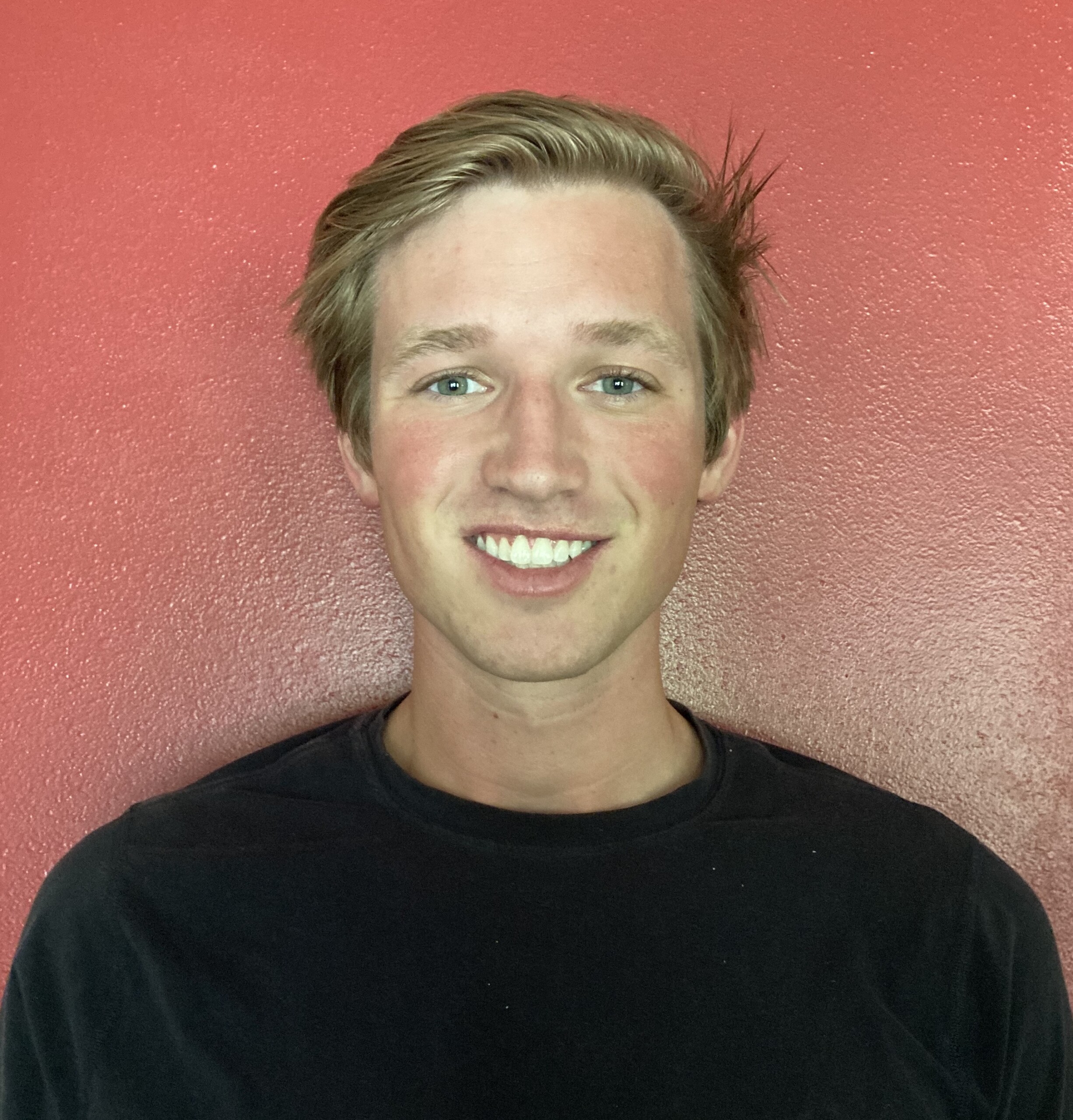 Hello! I am a summer intern from Northern Arizona University working on a collaborative project between the Central Arizona Conservation Alliance (CAZCA) and the McDowell Sonoran Conservancy that aims to evaluate the current invasive species management efforts of Homeowners Associations (HOAs) across the Phoenix area. Currently, our delicate desert ecosystems are succumbing to invasive plant species and the health and integrity of our local wildlife is at risk. We believe working and potentially partnering with HOAs would be a valuable tool in fighting the spread of these invasive plant species because HOAs have the ability to enforce beneficial rules and regulations within their communities.
Hello! I am a summer intern from Northern Arizona University working on a collaborative project between the Central Arizona Conservation Alliance (CAZCA) and the McDowell Sonoran Conservancy that aims to evaluate the current invasive species management efforts of Homeowners Associations (HOAs) across the Phoenix area. Currently, our delicate desert ecosystems are succumbing to invasive plant species and the health and integrity of our local wildlife is at risk. We believe working and potentially partnering with HOAs would be a valuable tool in fighting the spread of these invasive plant species because HOAs have the ability to enforce beneficial rules and regulations within their communities.
The major goals of this project include:
-
-
-
-
-
-
-
-
- Evaluating HOAs in the general Phoenix area and determining which HOAs have already addressed invasive species in their covenants, conditions, and restrictions (CC&Rs) and which have not.
- Developing questions and conducting interviews with select HOAs to understand their level of involvement on the issue of invasive plant species and if they would be interested in getting involved if they are not already.
- Gathering information from conducted interviews to create a survey targeted specifically for HOAs to gauge overall interest on the issue.
-
-
-
-
-
-
-
We are currently finishing our evaluations for over seventy different HOAs in the Phoenix area. While going through the process of documenting and analyzing our findings, we have also been working on getting our research submitted and approved by the Institutional Review Board (IRB) through NAU. Once we have acquired approval, we will be able to begin reaching out to HOAs for interviews to continue towards our final project goals.
What I’ve learned:
Throughout the course of this project, I have learned that being able to effectively communicate is extremely important. I was personally surprised to find out that the vast majority of the HOAs we evaluated did not mention invasive plant species at any point in their CC&Rs. This made it more difficult to get our message across and emphasize the importance of our project goals. Some of the science involved with our project can also be confusing to those not familiar with the terminology, especially with most of our audience being HOA staff. Finding ways to simplify our message has been one of the main obstacles we have had to overcome.
There is an option for HOAs to complete a Firewise Program through the Department of Forestry and Fire Management. This program is used to teach communities how to live with wildfire as well as how to protect themselves. We found out that most Firewise-approved HOAs also mentioned invasive plant species in their CC&Rs. This was an interesting discovery that led us to get in contact with the Firewise Program to figure out how HOAs could become Firewise-approved. After conducting our interviews, we will be able to provide the Firewise Program a list of HOAs already interested in partnering with us that may also be interested in becoming Firewise-approved. This could help streamline their approval process.
Why is this important?
This project is important because it aims to create a bridge between two sectors (these being non-profits, such as ourselves, and HOAs) that have not really collaborated before while also focusing on an issue that is increasingly dangerous for our wildlife and our local communities. Also, our deserts are slowly changing into dry grasslands with the help of the growing invasive plant species populations. This is not only bad for our local ecosystems, but it also increases the threat of wildfires. Limiting the growth of invasive plant species and removing them will help preserve our native landscape and keep our wildfire numbers in check. Most importantly, this project looks to keep our deserts and our communities safe.
If you are interested in learning more about this project and our efforts, please feel free to reach out to Mary Fastiggi, the Parsons Field Institute Coordinator at the McDowell Sonoran Conservancy (mary@mcdowellsonoran.org), and/or Dr. Aireona Raschke, the Director of the Central Arizona Conservation Alliance (CAZCA) (araschke@dbg.org). They are the main leaders for this project and have supervised over my work for the summer.





